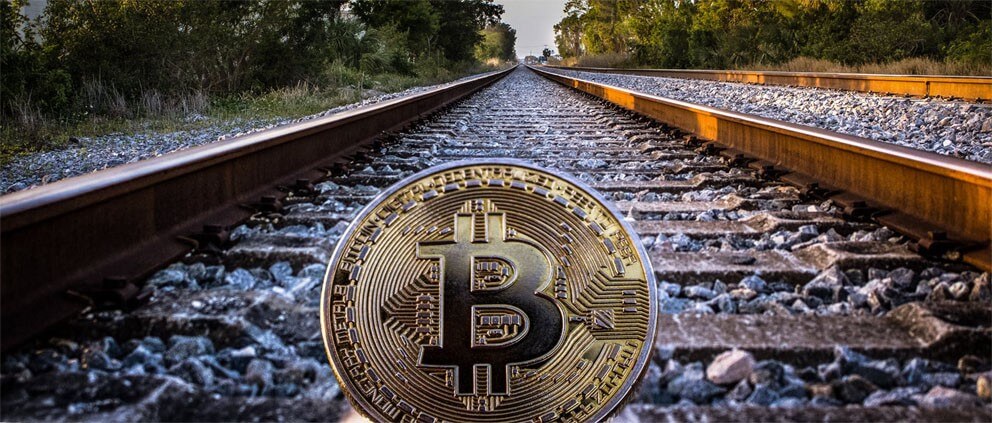Let’s face it – at some point, we all thought that Bitcoin was going to collapse, but it didn’t. Since its inception in 2009, this cryptocurrency has shown tremendous resilience throughout its lifetime. Bitcoin has had meteoric rises and falls, having gone to the highs of $20,000 at some point and plunged as low as $5,000 within months. PayCoin, SpaceBit, and many other digital currencies have collapsed, and so, the idea of a cryptocurrency failing is not foreign after all. So what makes Bitcoin special? Does this pioneer crypto really have nine lives, or is it a matter of time before it vanishes into the nether world?
Critics say it shall end in tears; analysts say Bitcoin is here to stay. But let’s settle this debate by looking at the factors that give Bitcoin its resilience and evaluating whether they are solid enough to see it through crypto’s uncertainties.
This article presents Bitcoin’s history of fluctuations and reasons it is likely to survive the test of time.
The 2018 Bitcoin Crash
If there’s a time Bitcoin’s doomsayers were almost right in their predictions, it must have been 2018. After reaching almost $20,000 in December 2017, Bitcoin crashed to just $5,000 in December 2018. Cryptocurrencies were undergoing a rough time. During this period, a series of events led to widespread speculation about the fate of digital currencies.
- In January 2018, it was rumored that South Korea was planning to ban cryptocurrencies in the country. As a direct consequence, Bitcoin lost 12 percent of its value.
- Exactly 2 weeks later, Coincheck, then Japan’s largest crypto exchange, was hacked, and the cyberpunk made away with NEM equivalent to USD 530 million. Crypto enthusiasts across the globe momentarily lost trust in the security of digital currencies. Within a couple of days after this news broke, Bitcoin lost 50% of its value.
- In March of the same year, someone stole Binance’s API keys and attempted to make fraudulent transfers. Binance detected the unusual activity and immediately suspended withdrawals. Panic had already spread.
- In the same month, Facebook, Twitter, and Google banned all ICOs and token sales ads. This was the final piece of evidence doomsayers needed to prove their case.
For the remainder of the year, cryptocurrencies struggled to remain afloat. Some exchanges suspended trading, and some currencies collapsed. By November 2018, Bitcoin was exchanging at $5,500.
The Comeback
From the beginning of 2019, Bitcoin started to show signs of recovery. In fits and bursts, the currency rose in both trade volume and price. By June 2019, it had already reached $10,000. Between June 2019 and October 2020, the coin has fluctuated between $14,000 and $5,000. The comeback was not the strongest. However, it brought hope that Bitcoin was permanently poised for recovery and stabilization.
Why Bitcoin Is Likely to Survive the Test of Time
We have seen Bitcoin’s unpredictable fluctuations over the years. One question we need to answer is what makes it always recover even after an epic fail. Below are some of the reasons.
#1 – It solves real-world problems
This is arguably the main reason Bitcoin has survived for a decade. Bitcoin has real utility – you can use it to pay for goods and services, you can send it to another person, and you can invest in it as if it were an asset. While it was possible to achieve all this even before Bitcoin’s creation, its invention has made these transactions more versatile and cost-effective.
It has also opened new use cases that were previously impossible. For instance, activists are increasingly relying on Bitcoin to bypass government restrictions and receive donations. Of course, criminals and terrorists are also abusing the network to raise funds for nefarious activities, but that does not negate the fact that Bitcoin comes in handy when an unrestricted movement of funds is desirable.
#2 – It is (relatively) simple to understand and use
Compared to other cryptocurrencies, Bitcoin is relatively easy to understand and use. For comparison, Ethereum and Ripple, Bitcoin’s closest competitors, include complicated concepts (smart contracts and payment infrastructure, respectively) that confuse neophytes. Bitcoin is simply a currency. Even a person with modest internet skills can begin using it in a short time.
Bitcoin’s simplicity is on the user front – the mechanisms behind how it works remain as complex as those for other cryptocurrencies. Thus, none of the security, decentralization, and network stability benefits are compromised.
#3 – It is highly consistent with our past payment experiences
Bitcoin’s compatibility means you can easily plug it into traditional financial systems, and it blends seamlessly. It is accessible from mobile apps and other platforms that we are all already used to. Its acquisition and usage are also consistent with our past experiences. For instance, when checking out on an eCommerce site, you can pay for your goods by simply selecting Bitcoin, if it is listed. This is what you’d normally do with your credit card, PayPal, and so on.
So how does compatibility make Bitcoin resilient? Glad you asked. After a crash in volume, Bitcoin users can easily pick up where they left and continue using the currency like it never crashed. For emphasis, just imagine if, after abandoning its usage, you have to re-register, get a new wallet, find another exchange because the other one collapsed, and so on before you start using the currency again. It might not sound like much, but such complexities can impede the recovery of a cryptocurrency.
#4 – The pioneer advantage
Having entered the cryptocurrency market before any other currency, Bitcoin enjoys the pioneer advantage. It has been and will always be the trendsetter for cryptocurrencies. For instance, when Bitcoin activity slows down due to Bitcoin-specific adverse events, the entire crypto world is shaken. But Bitcoin does not necessarily suffer such instabilities when other networks go down.
The pioneer advantage creates the impression that Bitcoin can be trusted more than any other cryptocurrency. This makes it easier for Bitcoin to bounce back after a slump because crypto enthusiasts will likely continue to trust it even when cryptocurrencies are undergoing tumultuous times. It is a good thing anyway, as the lifeline of cryptocurrencies heavily relies on Bitcoin trends.
#5 – It is globally available
Bitcoin’s global presence contributes a great deal to its resilience. Each world region is characterized by a different economic and regulatory environment. So, when Bitcoin activity slows down in the Eurozone due to Brexit (if there’s such a cause-effect relationship), it could be pretty much business as usual in the rest of the world. Of course, changes in Bitcoin activity in certain regions have a high likelihood of impacting the rest of the globe. Even so, we must agree that having Bitcoin everywhere spreads and thus mitigates its risk of collapsing.
Final Thoughts
Bitcoin was created over a decade ago, and despite multiple scares that it was collapsing, the cryptocurrency still stands tall. It experienced its worst slump in December 2018, but its resurgence thereafter was a clear demonstration of its resilience. For the critics out there, Bitcoin’s high volatility is not necessarily a symptom of extinction – as it has been shown time and again. Lastly, although Bitcoin has seen countless rises and falls in its lifetime, one thing remains clear: after a fall, it shall rise.


